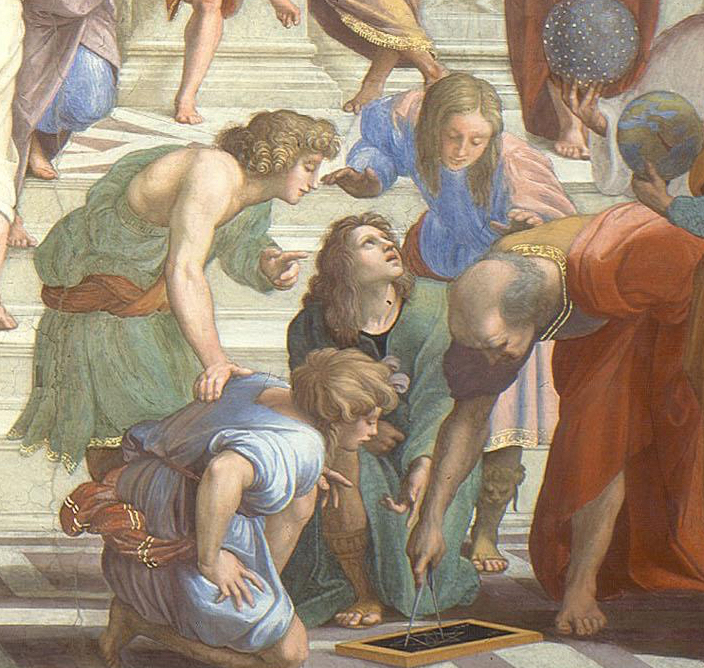The Relative Absolute
by
Arthur Chandler
(Reprinted, with minor changes from the California Humanities Association Bulletin, fall, 1976)
The twentieth century is the great age of hypotheses. Even in the sciences, we no longer discover laws, as we did in the prime of Baroque physics or Darwinian biology. Instead, we weave theories – ingenious, intricate, provisional systems of thought that posit meaning in the world. Since universal consensus is gone, in the arts as well as many of the sciences and mathematics, the best minds now put forth theories – the very word implies tentativeness and lack of finality – explaining how the world coheres. And though no single theory in any field has, for the past century, achieved the status of law, some of those theories have all the elegance and persuasiveness of the best medieval metaphysics. Thus, physicists now tell us not to believe in the pull of gravity – a fiction of the past – but to put our faith in the theory that space is curved, that it wraps its geodesics in shifting field-paths around all “solid” bodies. These bodies are not composed of matter but electron shells of “high degrees of probability” – not solid stuff but mathematical likelihoods. At the very substratum of matter, according to Irwin Schrödinger, we find not things or forces, but “pure shape, nothing but shape.” As the parent age of the spirits named Antimatter, the Strange Particle, Quantum Leaps and Black Holes, our metaphysical fertility surely ranks us as the rightful successors of the great Scholastic philosophies of the Middle Ages.
But what of the certitude of our faith? In science, the loss of confidence can be expressed in a single sentence; Newton’s laws have given way to Einstein’s theories. Relativity may furnish a more accurate working description of motion, time, space and matter; but few scientists or philosophers would agree that Einstein’s ideas are the Truth, the final and unamendable discovery of the laws that govern reality. Even the speed of light –- Einstein’s own unsurpassable absolute – has not stood half a century without serious threats to its validity (currently from the "superluminal" velocity of quasars).
Mathematics has suffered the same loss of confidence in the truth-value of its enterprise. Mathematicians no longer search for axioms that are true: they are willing to settle for any and all sets of rules that are internally consistent – that is, any ground rules that will not engender contradictions. Descartes, Newton, and Kant wanted more from mathematics than a kind of mental exercise like chess: they believed that the laws of mathematics, especially of Euclidean geometry, were perfectly analogous to the actual laws that undergird reality. But with the discovery that any self-consistent set of axioms will produce a system just a plausible as Euclid’s, mathematicians became convinced of the essential arbitrariness of any set of rules; and therefore, the implication was drawn, there is no essential connection between a mathematic and the real world. The issue was then ruthlessly concluded by Oswald Spengler, who argued that each culture has its own proper mathematic, quite distinct in its presuppositions, operations, and basic world view, just as each culture possesses its own distinct literature and plastic art forms.
In modern art, the runaway proliferation of private pictorial systems has led one observer to cry out: “Modern Art has become completely literary: the painting and other works exist only to illustrate the text!” (Tom Wolfe, The Painted Word). In some cases, the painters themselves explain in words what their canvases cannot convey alone. After all, who could understand the philosophical and religious significance of Mondrian’s compositions without first working through his essays on neo-Plasticism? In other instances, the professional art critic translates the meaning of this new artist or that avant-garde school; but, of course, the critic always translates the meaning through the filter of a private critical system, the special critical theory devised for explaining the true meaning of art.
The Skyscrapers of Theory (adapted from Bruegel)



